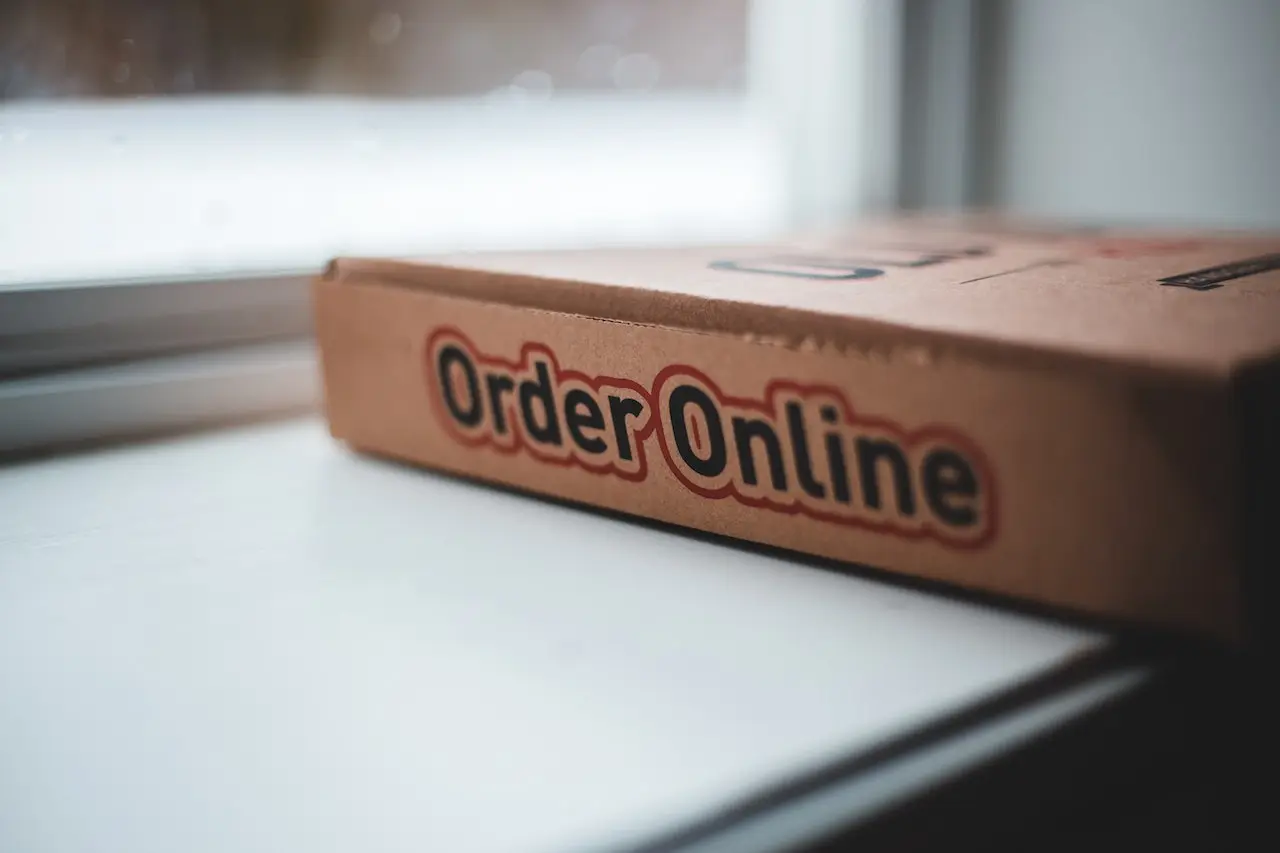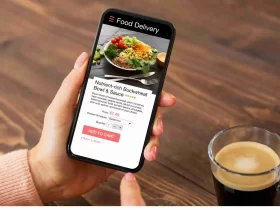Third-party delivery apps have been around for a while, but their popularity has surged over the past year and a half due to the coronavirus pandemic. With delivery becoming the primary mode of business virtually overnight, restaurants turned to third-party platforms as a readymade solution. They rushed to sign up with these aggregators so as to be able to stay in business.
Initially, food outlets were relieved just to have a channel that enabled them to continue serving their customers. However, they soon became puzzled as to why revenue was so low despite the high demand. A careful study of the figures revealed that the exorbitant fees being charged by third-party apps were cutting deep into their profits. On some occasions, the commissions were high enough to actually cause losses. So, even though third-party platforms have been giving restaurants the opportunity to keep selling, the costs incurred by them have been causing some pretty serious financial damage.
Third-party delivery apps have individual charges for each service they provide. These companies offer all kinds of functions: delivery, payment processing, credit card processing, customer support, marketing, employee onboarding, payroll, employee insurance, and much more. Restaurants need to opt in for each one and are made to pay for each one they opt in for. With each extra service chosen, the merchant’s commission increases.
While on the face of it, it seems as though a restaurant is in control of how much they spend on third-party delivery app fees, the reality is far removed from this. The whole point of joining an aggregator is so that the entire order, payment, and delivery process is streamlined. Having someone else handle this chain is supposed to ease the work of a restaurant. This means that all those services that are offered as optional are actually necessary. In order to benefit from a third-party delivery app, restaurants need to use most of the functions and so are compelled to select them. The choice is an illusion. The cost incurred is the reality.
With all the different services that need to be paid for, a restaurant’s commission can rise to a hefty 30%. This fee is deducted from every single order. Restaurants already operate on very slim margins and profits are low. Redirecting 30% of a ticket value to a third-party delivery platform leaves the restaurant with very little for themselves. In fact, a majority of restaurants have admitted that they regularly make losses on orders placed through third-party apps.
Must Read: 6 Ways Restaurant Online Ordering Apps Can Help Your Restaurant Outrank Competitors
Third-party delivery apps are in competition with each other. In order to get ahead of other aggregators, these platforms frequently run promotions. These range from meal bundles to discounts and even buy-one-get-one free offers. Just like all other features on the platform, restaurants are allowed to decide if they would like to opt in or not. And just like all other features, while the choice exists in theory, practical considerations compel restaurants to accept. After all, in a context as competitive as the food and beverage industry, it is too risky to allow a rival establishment to run promotions without matching or outdoing them. Not making parallel offers would eclipse an eatery and channel business towards competitors who have special discounts and freebies. Thus, a restaurant finds itself pushed into promotions it has not initiated. The cost of discounts and free items have to be borne by the restaurant. This is yet another deduction from the overall revenue.
When restaurateurs organize their own promotions, they are able to carefully consider all variables and make decisions that are favorable to their eatery. They can design the promotion in a way that accrues direct benefits to them. Restaurant owners have no control over promotions run by third-party delivery apps. They have no opportunity to provide input; all they are expected to do is either agree or disagree. Generic promotions often do not work for restaurants because they do not factor in the unique circumstances of that restaurant. Blanket offers ultimately deplete profits as merchants end up forking out a lot of their own money to cover the costs.
The coronavirus pandemic has already wreaked havoc in the food and beverage industry, leaving many restaurants struggling to stay afloat. In the turbulent waters of economic distress, third-party delivery apps threw out what was pitted as a lifeline to restaurants, who eagerly clambered on board in the hope of financial rescue. Once onboard restaurants have discovered to their utter dismay that the costs of riding a third-party delivery app have been too heavy and they are now drowning in losses.
Must Read: 7 Things You Should Know Before Building Your Restaurant Online Ordering App









Leave a Reply